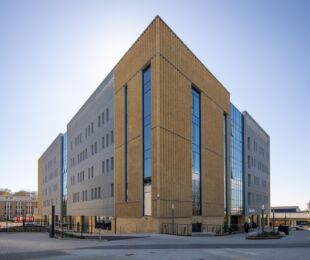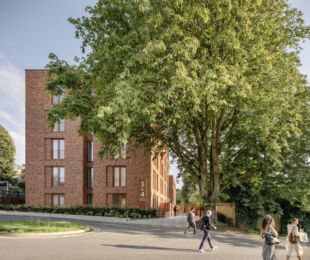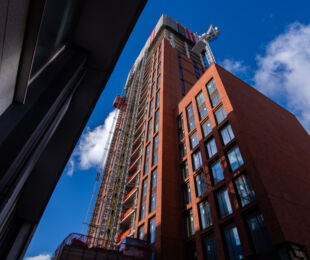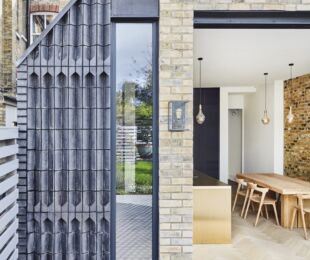
London’s skyline is constantly evolving, but few projects capture the spirit of innovation and sustainability quite like the Sugar House Island development. Nestled along the banks of the River Lea, this bold urban regeneration initiative is not just about buildings, it’s about reshaping the future of city living with community and the environment at its core.
A Vision Rooted in Sustainability and Community
What makes Sugar House Island so exciting is its captivating vision: to create a vibrant, inclusive neighbourhood that lives in harmony with nature. This isn’t just about modern architecture or commercial success; it’s about weaving together homes, workplaces, cultural spots, and green spaces into one cohesive, thriving community.
The project is designed to offer diverse experiences to its residents - from peaceful parks to lively public areas - all while honouring the area’s industrial past. This blend of old and new creates a unique sense of place that feels both historic and refreshingly contemporary.
The Power of Clay Brick Pavers: More Than Just Aesthetic
One of the standout features of Sugar House Island’s masterplan is the use of clay brick pavers sourced from brick manufacturer, Wienerberger. You might think bricks are just bricks, but here, they play a pivotal role. Spanning the entire 10-hectare site, these bricks unify the various building plots, each designed by different architects, into a single harmonious vision.
Beyond bringing visual cohesion, clay bricks contribute to the site’s warmth and character. Their rich textures and granular quality add a tactile dimension to the streets and walkways - making the environment not just seen, but felt. Plus, these bricks boast impressive sustainability credentials. They’re durable, often locally sourced, and support environmentally conscious laying techniques that further enhance their green impact.
Setting New Sustainability Standards
Sugar House Island goes beyond the usual eco-friendly buzzwords - it’s a living example of sustainable urban development. Renewable energy systems power the site, green roofs help manage heat and boost biodiversity, and rainwater harvesting minimises water waste.
What truly sets this project apart is its embrace of the circular economy. Rather than demolishing everything and starting from scratch, the developers repurpose existing structures wherever possible and prioritise local materials. This approach dramatically reduces carbon emissions and cuts down on resource consumption, all while keeping the community connected to its roots.
Building a Resilient, Healthier Future
By integrating these thoughtful design and sustainability strategies, Sugar House Island offers more than just a place to live - it provides a healthier, more resilient lifestyle. Cleaner air, greener spaces, and energy-efficient buildings combine to improve residents' wellbeing and quality of life.
This project is a beacon of hope for urban regeneration globally, showing how cities can grow without sacrificing the planet or community spirit. It’s a model that proves that with vision and commitment, urban living can be both modern and sustainable.
Sugar House Island is a powerful reminder that sustainability isn’t just about technology or materials - it’s about creating places where people and nature coexist beautifully. London is reinventing itself yet again, and projects like this inspire us to think bigger, greener, and kinder about the cities of tomorrow.
Brick Bulletin | Feature 255






